Think back to your childhood. Did you play around fire hydrants, hose pipes, swimming pools? Did the children of the neighborhood gather around those oases on hot summer days? People, especially kids, love to play with water. It’s fascinating.
Water is timeless; it has a universal appeal. It transcends cultures and generations and appeals to all age groups. Water draws people in and brings people together. It unites people in a shared sensorial experience that is, at once, refreshing, relaxing, thrilling and exciting.
Yet, when we think of the word ‘play’, we’re more likely to think of sports, dry playgrounds or games we play at home or in schools. We tend to underestimate the fun and benefits of water play.
Given that water is the perfect vehicle for play, it isn’t surprising that attractions devoted to water play have seen a steep increase in popularity over recent years. Together with the rise in demand has come more effort to understand the psychology behind water play in order to design meaningful play experiences.
Designers of today’s most successful water playscapes increasingly take into account the physical, cognitive and social development of their users. They know that nurturing development leads to individual growth and promotes social cohesion. The challenge is now to give our children the same fun experiences we had with our garden sprinklers, while providing the maximum opportunity for childhood development.
Play types and interaction
Play that is freely chosen and personally directed is one of the most important contributors to physical, cognitive and social development in the early years of a child’s life.
Within water playscapes, users can experience many types of play; solitary, parallel, imaginative, cooperative, associative or competitive, each eliciting various interactions between children and the outside world, and each providing important development opportunities.
Each of these types of play elicits different types of interaction. Solitary play, involving child to water interaction is discovery-oriented, or contemplative. Collaborative play will involve a lot of child to child interaction, helping to develop social behavior. There is also child to adult interactions - something we know to have significant influence in a child’s physical growth, behavior patterns, social-emotional development, language formation and even academic outcomes – can be fostered in a number of play types.
Healthy physical and social development begins with the acquisition of necessary neurological building blocks essential to forming connections with the world around us. A concept called Executive Function aids to develop these building blocks; it encompasses important abilities like self-control, focus, staying on task, remembering details, managing time and problem solving, and are critical to academic success.
In childhood, free play exercises these skills to help children regulate behavior and build the social and emotional awareness fundamental to future success. Executive function skills also give children the tools to understand educational concepts, which establish positive future attitudes towards learning and discovery.
Stimulating water play has proven effective in encouraging the development of these skills, and is invaluable for learning and discovery in the early years of life.
Encouraging physical activity and development
Something special happens when water is added to play. Think for a moment about what it sounds like when kids are playing in water – the screams and shrieks of joy – it’s unique to water play environments.
Aside from the fun, when water is added to play, we see enhanced physical development opportunities that help foster the gross and fine motor skills essential to healthy physical development. Water playscapes encourage gross motor movements such as running, dodging, standing under, jumping over or jumping in, while interactive water features like pumps, movable cannons, or floating objects stimulate the development of fine motor skills.
The sensory aspects of water also help users understand the physical connection between water and our bodies through different textures like misting, sprinkling, dumping, raining, splashing, and squirting.
Designing development into water playscapes
At Vortex, we’re taking all of this very seriously when designing products and playscapes that utilize the magic of water. In fact, we’ve been working closely with experts at McGill University in Montreal to make sure we’re designing products with the maximum opportunity for learning.
We’ve designed products specifically with these concepts in mind, like our Water Journey play modules that combine the universal appeal of water with the inspiration of nature to provide an accessible and playful experience to children of different ages and various levels of development.
Water Journey is a collection of four different play events, inspired by nature’s flowing streams. Each event can be used separately or connected to provide unique play experiences and provide guests with the ability to engage with different water behaviors.
By dropping gates, turning levers or blocking nozzles, children can play alone or with others to achieve certain effects. They may choose to play in a solitary way, watching the journey the water takes and discovering what happens if they adjust the flow. They may work with a friend to manipulate the water in certain ways (collaborative play), or race objects downstream (competitive play). They may even imagine that they’re having an exciting river adventure.
Gross and fine motor skills are developed as children transition between crawling, kneeling, and squatting while using strength, balance and weight transfer to manipulate objects. Concepts like cause and effect help develop cognitive skills, while the interactive nature of the module helps children build their social skills as they interact with their parents or with other children.
The net effect - revitalizing communities
Over 20 years, we’ve found that if we make water playscapes interesting for the children, the adults follow. The water play area becomes a focal point for the community. We have a long list of previously derelict and under maintained spaces being revitalized by well-designed water play environments.
Water is an instant attraction as a play space. Families can come spend the day being together and in community while the children are unknowingly experiencing a plethora of development.
Rebooting Play
I recently had the pleasure of speaking about these concepts at the U.S. Play Coalition’s annual Play Conference, themed “Rebooting Play” for 2016. As part of my initial preparation, I Googled “Rebooting Play”. The results were pages of everything and anything about technology and gaming systems!
In an age where play often takes a back seat to busy schedules and glowing screens; water play reboots the play experience by providing the physical proximity and real life interactions necessary in forming interpersonal connections through the sharing of emotions and experiences. As we’ve seen, incorporating water to play adds an extra dimension that encourages the compound physical, social and cognitive development skills necessary for learning and growth in all stages of life, while still maintaining a focus on imaginative, creative and freely chosen play experiences.
Maybe all we need to do to “Reboot Play” is add water?

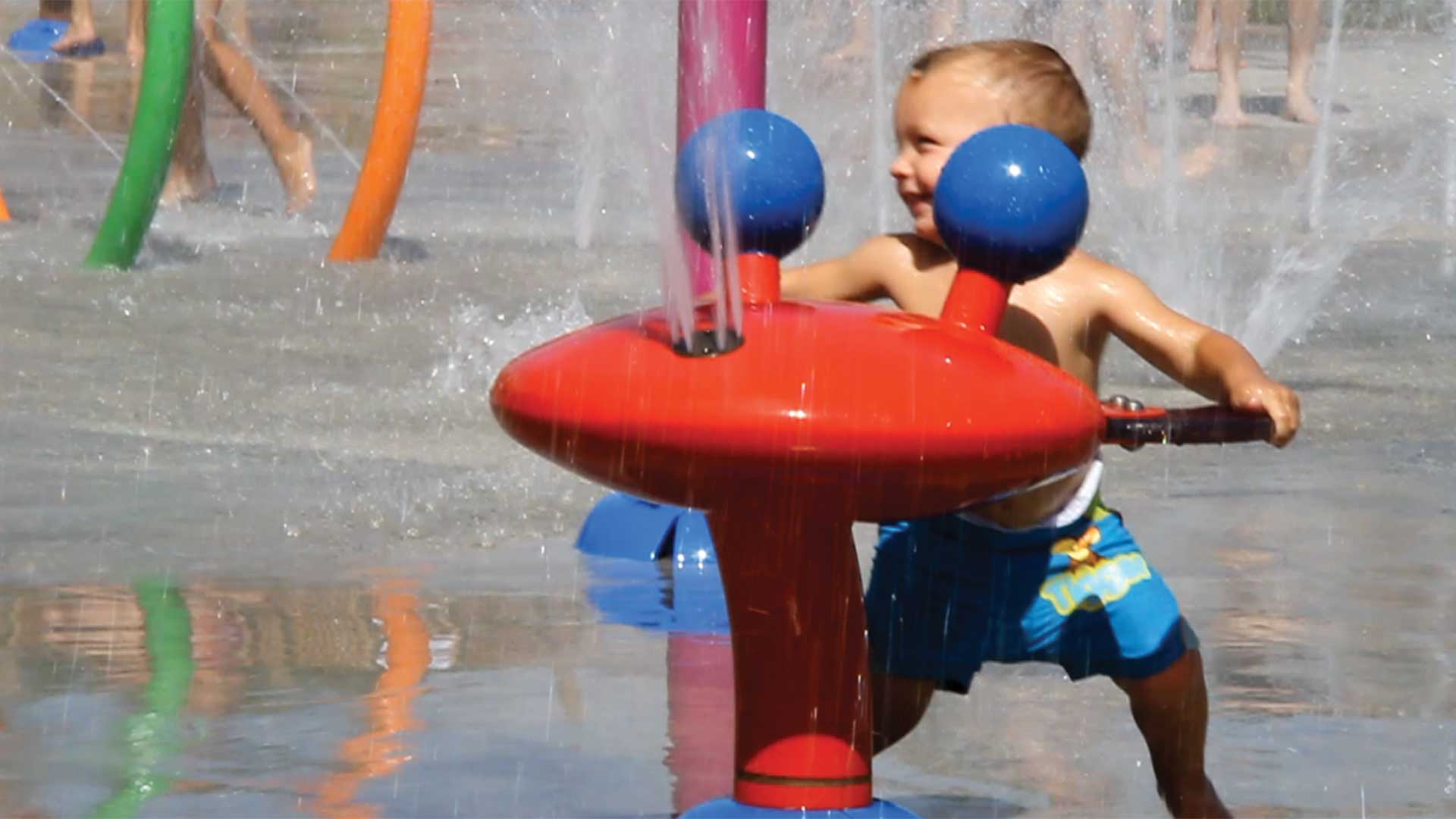



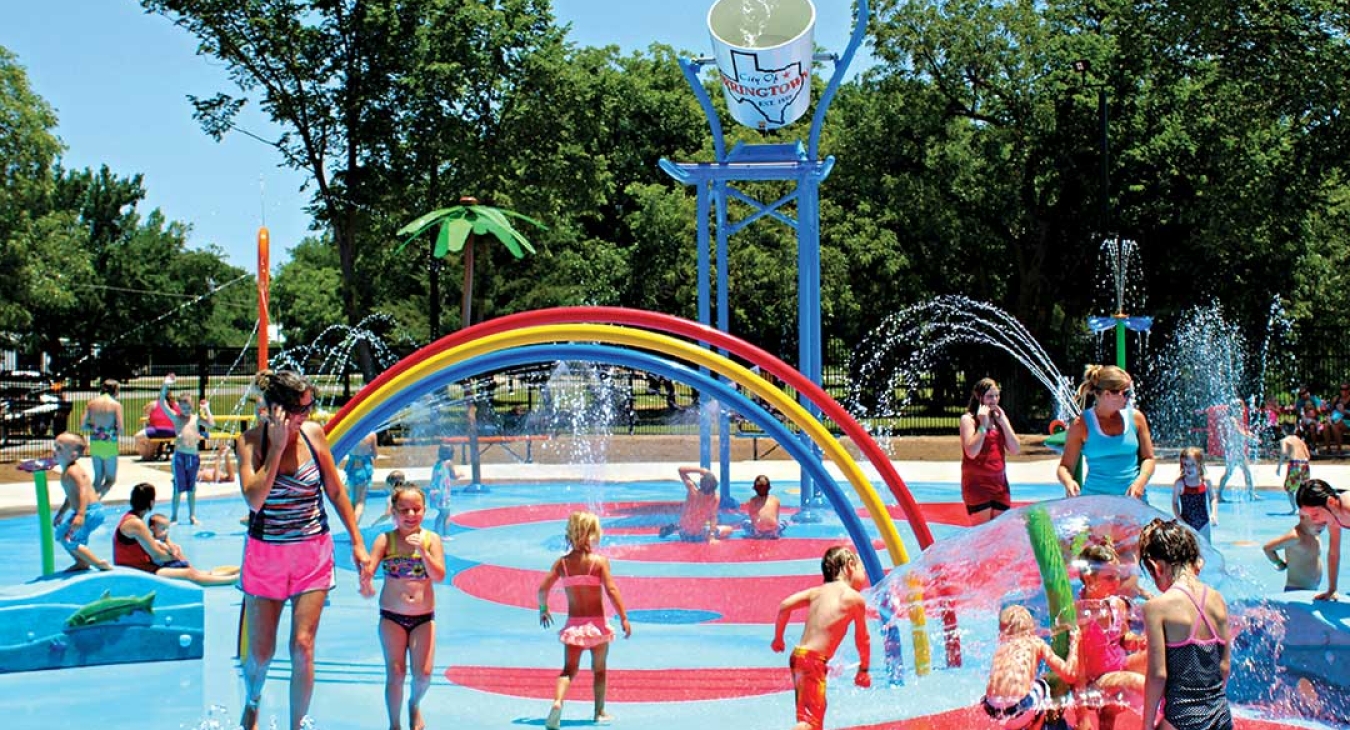
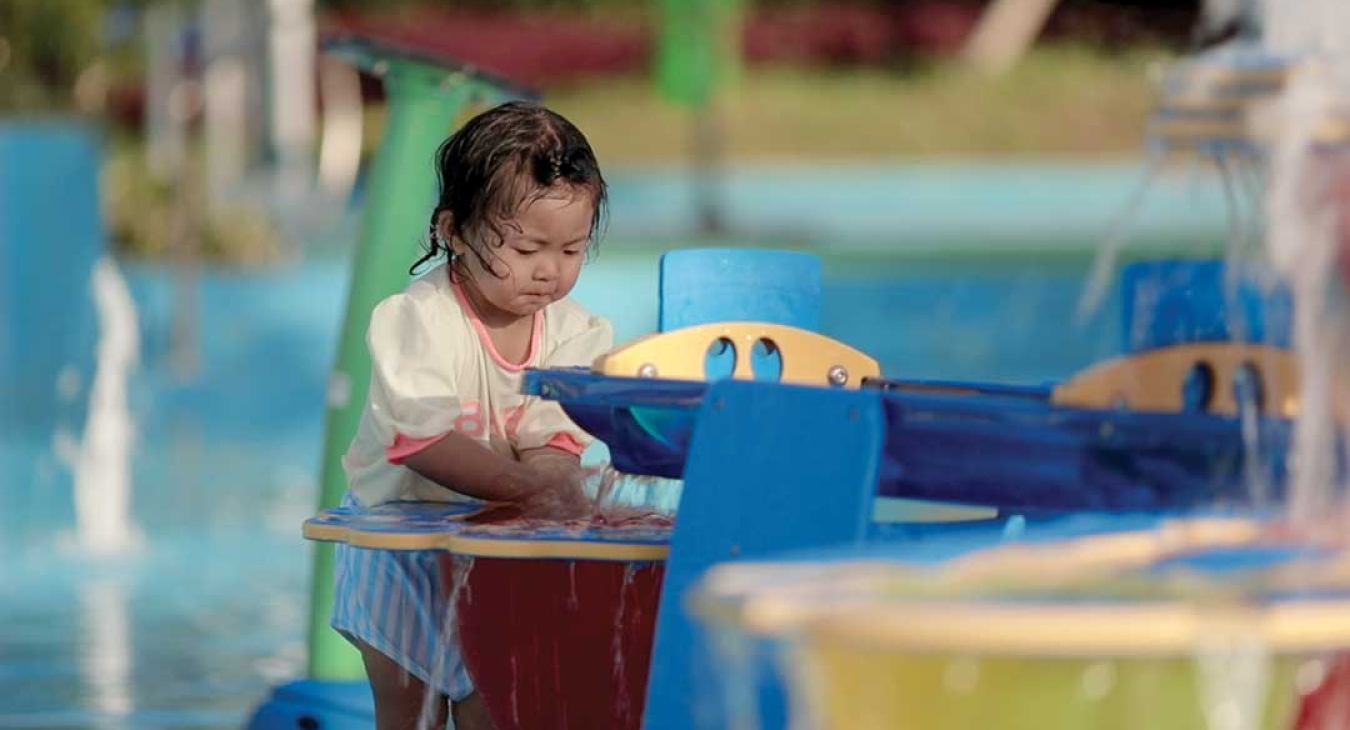
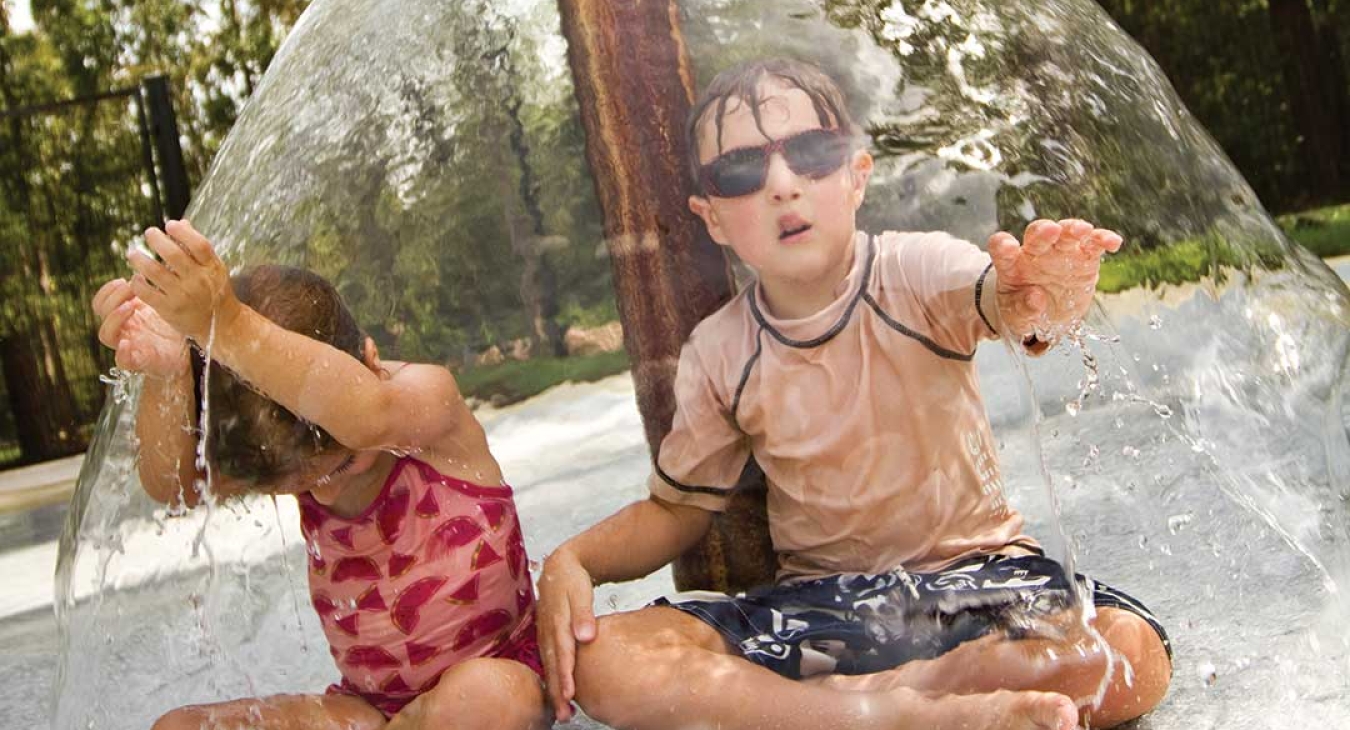
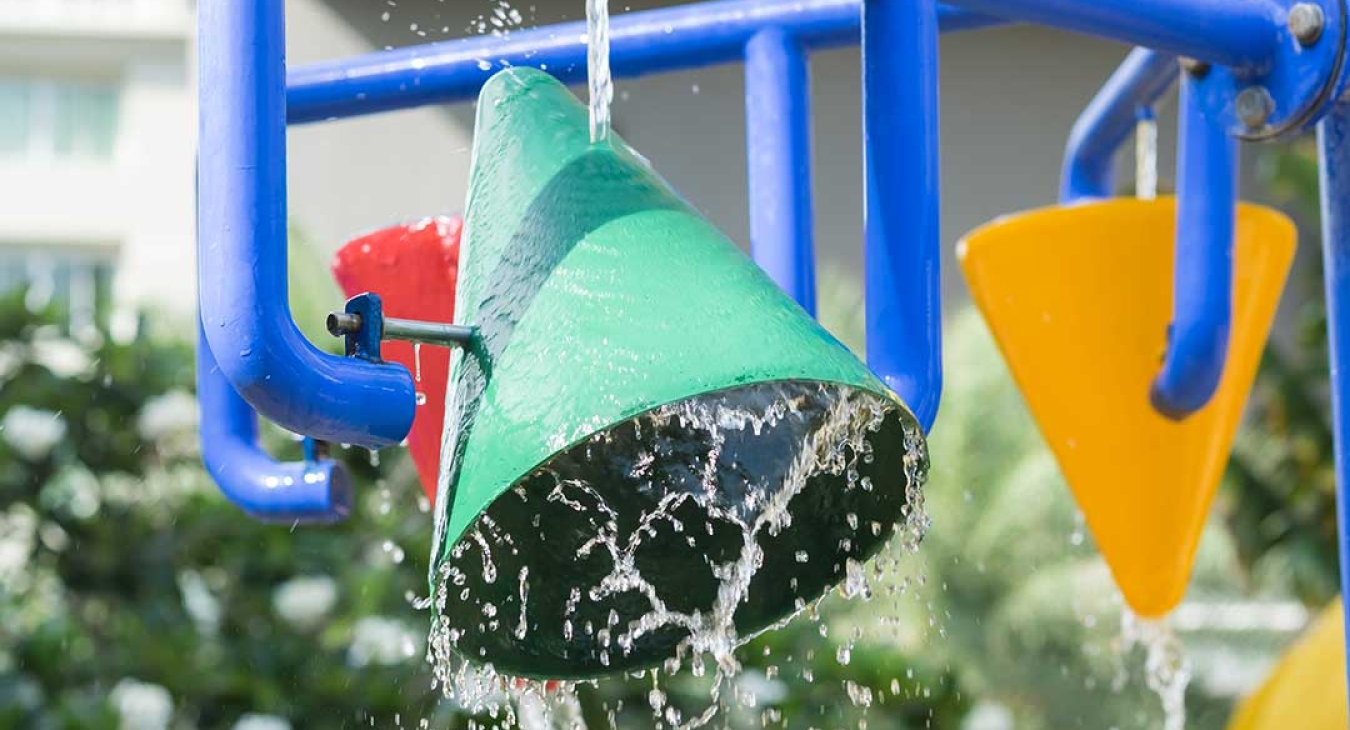
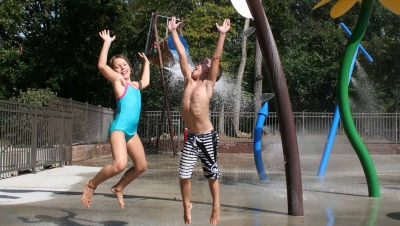
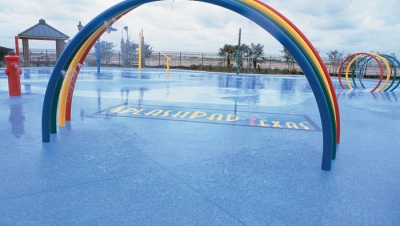
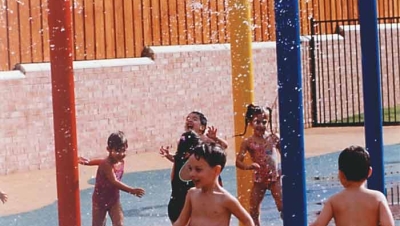

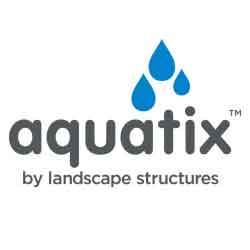

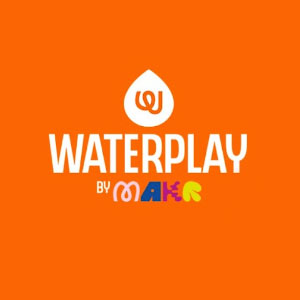



Add new comment